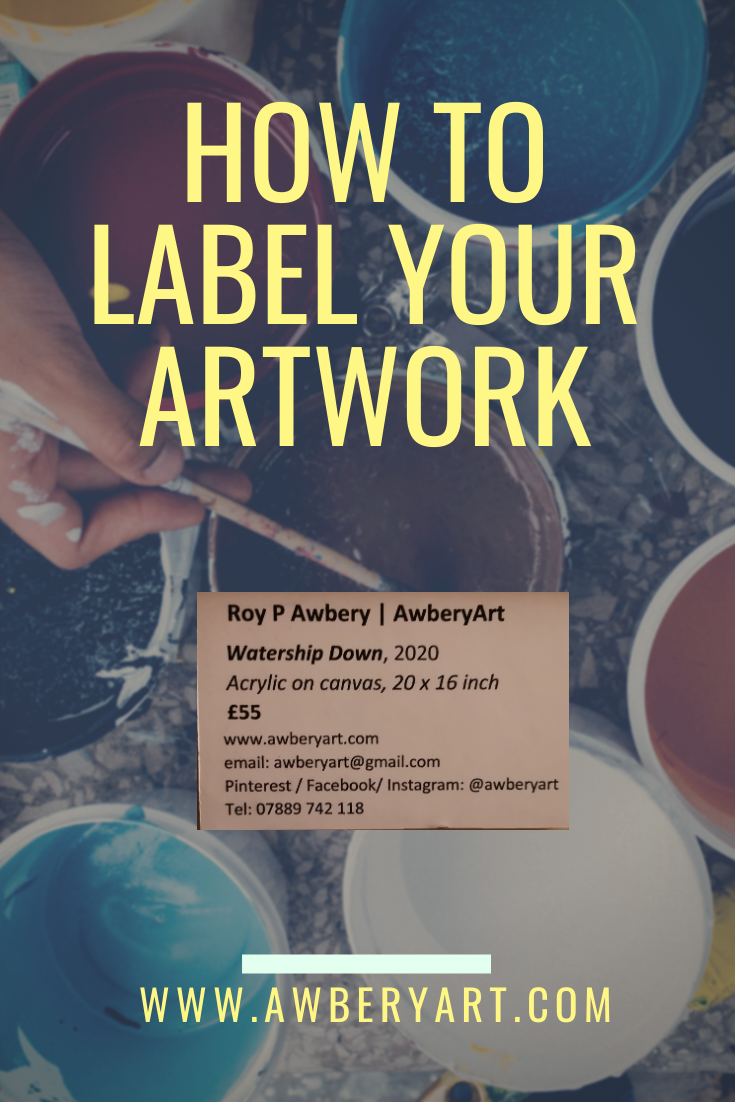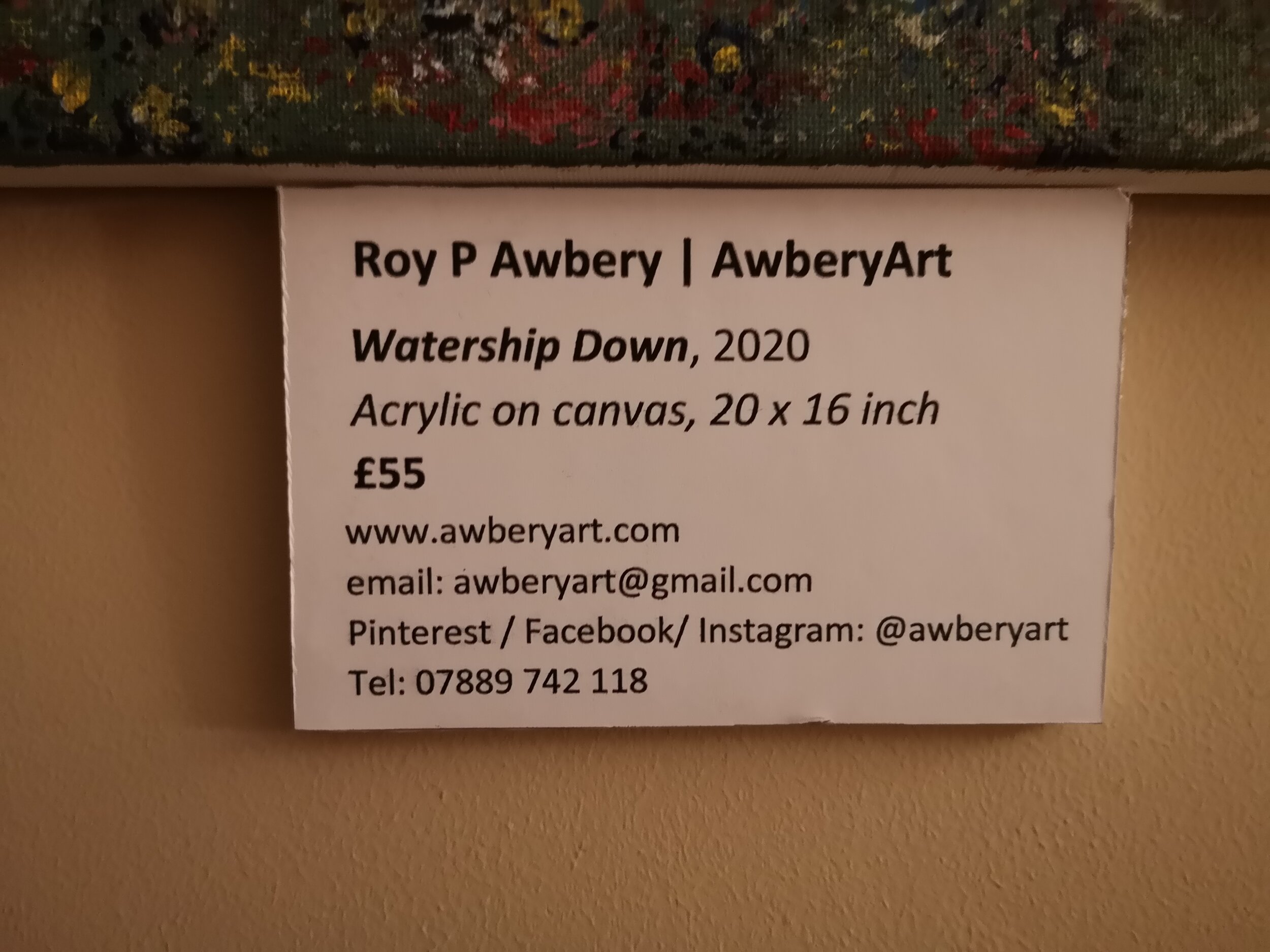Getting engaged! How to master Instagram
Positive engagement is key to success with Instagram and I’ve now learned that it’s good to talk. Good engagement can increase followers and your overall engagement rate leading to more sales.
Instagram is clearly the most influential social media platform for promoting one’s artwork and I can honestly say that I get more engagement, which turn into sales, from Instagram than any other platform. But my following and level of engagement has plateaued in recent months so it was time to come up with a strategy. My previous post discussed the importance of imagery and this one will explore positive engagement. It turns out that it’s good to talk!
It really is all about engagement. There are many accounts out there with apparently thousands (even hundreds of thousands) of followers but all may not be as it seems. It turns out that you can buy followers or even pay to get an inflated number! Of course, this means they are not real followers and therefore not real potential customers. One way to spot this is to look at the level of engagement in someone's post. Someone with over 10k followers but only getting around 100 likes and a couple of comments is clearly not looking too genuine or has a very large but disengaged (disinterested?) audience.
I have therefore learned that success on Instagram is not measured by the number of followers but more by the level of engagement. I now make a point of not only liking an image I genuinely like but also commenting back and sometimes starting a dialogue with someone. It could be about their current work, their inspiration and motivation. Anything, as long as it's meaningful. And it's working. I may only have just under 700 followers but all were organically grown and I get around 15-20% engagement if I count direct messaging. Some of my sales have come directly from Instagram too!
So, put simply, it’s good to talk! I’ve been using this strategy for about a week now and, combined with the photos of me smiling a lot, my engagement rate and number of followers has significantly increased. I’m less concerned with the number of followers as that doesn’t necessarily mean more sales. I think the number of followers is mostly a vanity measure. The engagement level, however, does tend to give an indication of success. If people are contacting me and discussing my paintings it is far more likely that they may want to buy something or, if they are an artist themselves, they may wish to collaborate on a joint article, for example.
It really is good to talk!
Colour blind artist in great company!
How does one stand out in a world full of successful artists? Marketing people will say you need to find your USP or unique selling point. Mine? Being profoundly colour blind.
Can you see the number in the image here? No? Then, like me, you're probably colour blind. Colour blindness can come in a variety of forms including red-green (the most common); blue-yellow and monochromatic. Then there is me! My colour blindness appears to be a mixture of a problem with my eyes but also my brain. Rather bizarrely, I don't seem to be able to recognise most colours except really bold primary ones. Mixed colours completely confuse me and I'm unable to even suggest the name of a colour in many cases. However, I do still see in colour but possibly not quite in the way that you do.
There is no cure for colour blindness despite the ridiculous adverts one sees on the internet. The most awful of these are the correction glasses from Enchroma. They show clips of apparently colour blind people being given the gift of perfect sight with a pair of sunglasses. Thankfully science has stepped in to debunk these nonsense colour vision correction glasses.
So can I really be an artist with such a condition? Well, I'd argue that the proof is clear. Having been a selling artist for little more than a year I've sold 30 pieces. Many were commissions and the client knew I was colour blind. It's become my USP.
Of course, there are plenty of artists out there who are colour blind and some notable greats included. It's believed that as Monet developed cataracts his colour vision failed and even Vincent Van Gogh was thought to be afflicted.
If you're interested in Understanding colour blindness a bit more this link will get you started. Of course you can also ask me.
Can't see the number? You're probably colour blind!
A Winter's tale - another commission finished
Today has reminded me why I love painting and why this hobby of mine has stayed with me when so many others have gone. No, it's not because it earns me money! The smile on the clients face when he saw his painting for himself for the first time. He was rather pleased to say the least.
One happy client with his commissioned artwork by Roy P Awbery
A Winter's Tale by Roy P Awbery - close up
This painting was very challenging but I got a great deal of satisfaction from finally getting this one right. The original plan was just to have a night snow scene but, as the painting developed, the client asked for the addition of wolves and an elk.
I managed to capture a sense of movement with the animals which was not easy. I'd not tried to do it before but it seems to have worked.
I'm seriously pleased how well this one turned out and now understand why my followers were not too happy with the very simple Jumble Animals. Lesson learned!
How to label your paintings and artwork
How to produce professional looking labels for paintings and artwork.
So, after some trial and error, mostly error to be fair, I’ve finally realised how to label my paintings both for display and for sale. It’s actually really simple and all it takes is a little crafting.
First, what not to do:
I’ve now sold my art at a craft fair and on reflection realised that stickers with pricing on them is really not ideal and looks unprofessional. I also had my work displayed earlier in the year and forgot to put any instantly visible details of who I was or how to contact me! More recently though, I saw another artist’s display and they used simple card parcel tags which had the price on one side and the name of the artist on the other. Still far from perfect. However, I then recalled what one sees in galleries and museums: clean, bold labels written in black on a white background with easy-to-read font and all the details anyone could need.
So this how I do it:
( Add your name or business name in bold
Add the title of your work and the year (same size font as above but in italics
Media type and size (and don’t write “mixed media” - it tells no-one anything meaningful!)
Write the price in bold
Next I include my contact details in the following order:
website (and I suggest buying a domain - longwinded web addresses just look amateurish)
Contact email address
Social media handle - I used the same, @awberyart, for all of mine and don’t forget to say which platforms you can be found on
Telephone number - especially useful if you are displaying in a public space such as café, library, waiting room etc.
Now set all of this up up in a word document and insert a single line border around it - this makes cutting easier later. Now go and print it out but see below before you do.
But don’t just print it on paper!
You need to print on good quality thick card that will run through your printer safely. I use WH Smith’s A4 Card which works just fine.
Next, you’ll need some white foam board which I pick up from Hobbycraft.
Now simply glue the cut-out printed label onto the foam board and ut out to create a single 3-dimensional plaque to mount next to your artwork.







